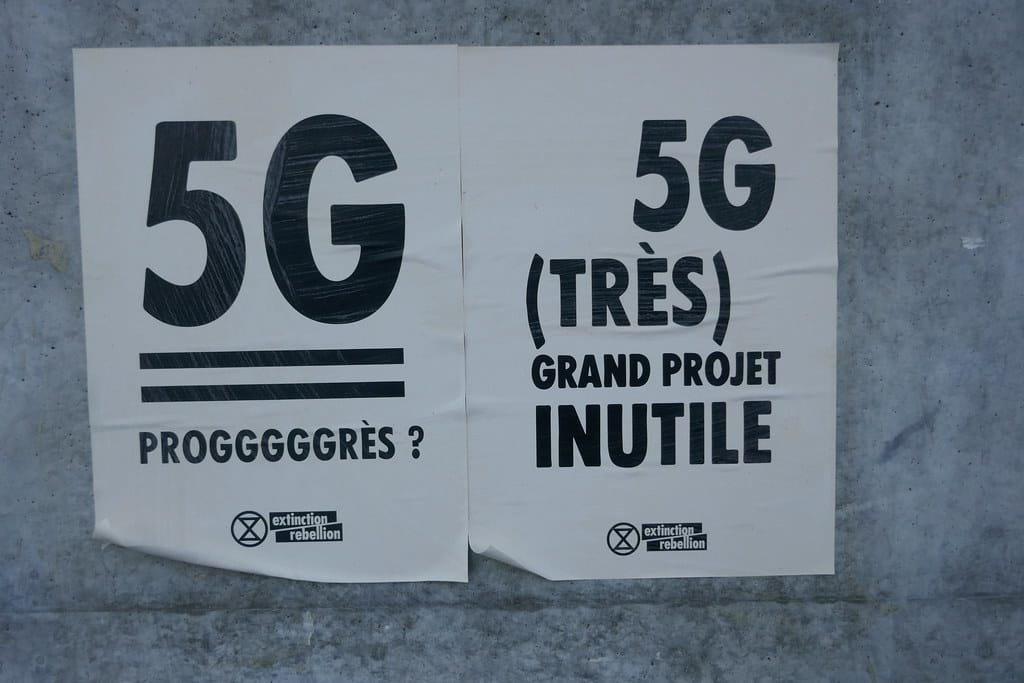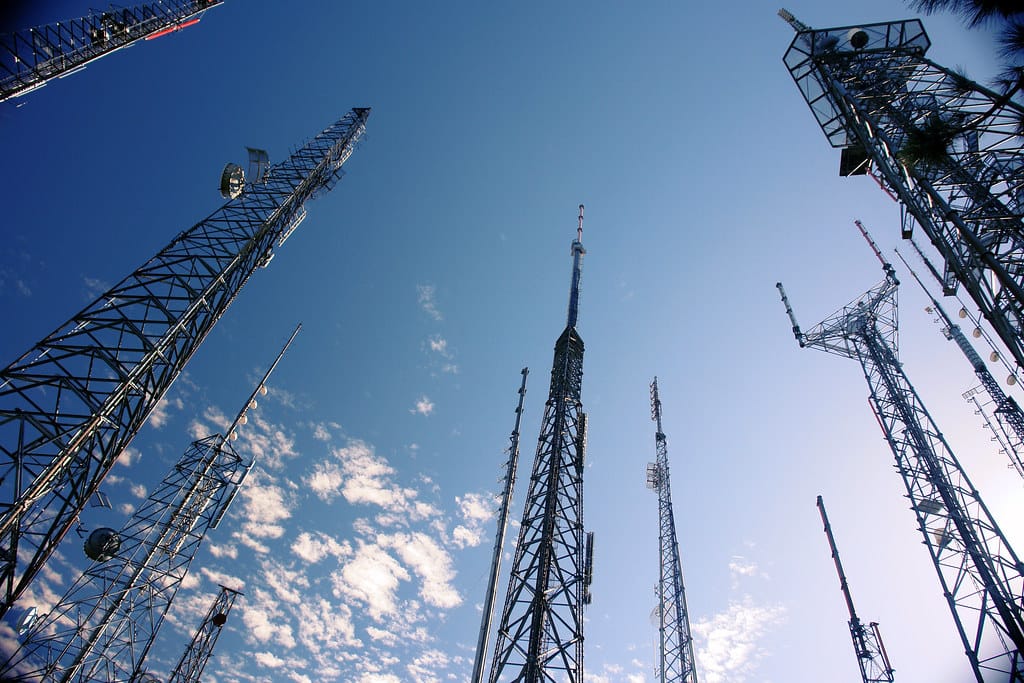T-Mobile's 5G Gets a Speed Boost: New Low-Latency Tech Could Change Everything
T-Mobile just flipped the switch on technology that could fundamentally transform how we experience 5G networks. The wireless giant has become the first U.S. carrier to deploy Reduced Capability (RedCap) technology across its 5G network, promising to slash latency times and unlock new possibilities for everything from autonomous vehicles to remote surgery.
What Makes This Technology Different
RedCap isn't just another incremental improvement—it's a complete reimagining of how 5G networks handle data. Traditional 5G connections, while fast, often struggle with latency issues that can create delays of 20-50 milliseconds. RedCap slashes these delays to as low as 1-5 milliseconds, creating near-instantaneous communication between devices and networks.
"This is the missing piece of the 5G puzzle," explains industry analyst Sarah Chen from Wireless Intelligence Group. "We've had the speed, but now we're getting the responsiveness that makes 5G truly transformative."
The technology works by streamlining the communication protocol between devices and cell towers, eliminating unnecessary data handshakes and optimizing signal processing. Think of it as creating express lanes on the data highway—not necessarily faster top speeds, but much quicker trips for time-sensitive information.
Real-World Applications That Matter
The implications extend far beyond faster smartphone browsing. Here are the game-changing applications already in development:
Autonomous Vehicle Safety
Self-driving cars require split-second decision making. A pedestrian stepping into traffic needs to trigger an immediate response—not one delayed by network lag. RedCap's ultra-low latency could enable vehicles to share real-time hazard information instantaneously, potentially preventing thousands of accidents annually.
Medical Breakthroughs
Remote surgery becomes significantly more viable when surgeons can manipulate robotic instruments without noticeable delay. Current 5G networks introduce enough latency to make precise procedures risky, but RedCap could enable specialists to operate on patients hundreds of miles away with surgical precision.
Industrial Automation
Manufacturing facilities are already testing RedCap-enabled systems where robotic arms coordinate complex assembly tasks in real-time. A single millisecond delay in coordination could damage expensive components or create safety hazards—making this technology essential for next-generation smart factories.
The Competitive Landscape
T-Mobile's early deployment gives them a significant advantage over Verizon and AT&T, both of whom are still in testing phases with similar technologies. The carrier reports that RedCap is already live in over 300 cities, with plans for nationwide coverage by mid-2024.
The timing is strategic. As more Internet of Things (IoT) devices come online—from smart city infrastructure to wearable health monitors—the demand for low-latency connections is exploding. Ericsson predicts that by 2030, over 50 billion connected devices will require some form of ultra-responsive network communication.
Technical Challenges and Limitations
Despite the promise, RedCap deployment faces hurdles. The technology requires new network infrastructure and compatible devices—meaning widespread adoption will take time. Currently, only a handful of smartphone models and IoT devices support RedCap, though major manufacturers including Samsung, Apple, and Qualcomm have committed to integration in upcoming products.
Battery life presents another challenge. RedCap's constant low-latency monitoring can drain device batteries faster than standard 5G connections, though T-Mobile claims its implementation includes power optimization features that minimize this impact.
Looking Ahead: What This Means for Consumers
For everyday users, the immediate benefits may seem subtle—slightly more responsive video calls, faster cloud gaming, or smoother augmented reality experiences. But the real value lies in enabling entirely new categories of applications and services that simply weren't possible before.
Smart city initiatives, for instance, could deploy networks of sensors that respond to traffic patterns, weather changes, or emergency situations in real-time. Wearable devices could monitor health metrics and instantly alert medical professionals to dangerous changes.
The Bottom Line
T-Mobile's RedCap deployment represents more than a technical upgrade—it's the foundation for the next generation of connected experiences. While competitors scramble to catch up, T-Mobile has positioned itself at the forefront of what many consider 5G's most important evolution.
As this technology matures and spreads to more devices, we're likely to see innovations we haven't yet imagined. The question isn't whether ultra-low latency 5G will transform our digital lives, but how quickly we'll adapt to a world where instantaneous connectivity becomes the norm.

